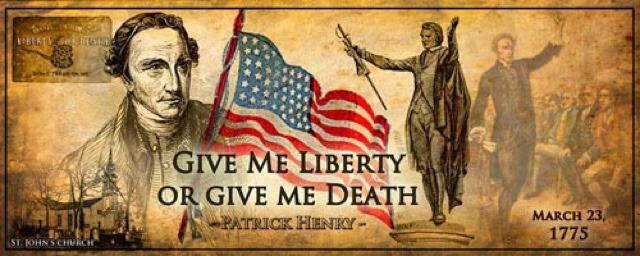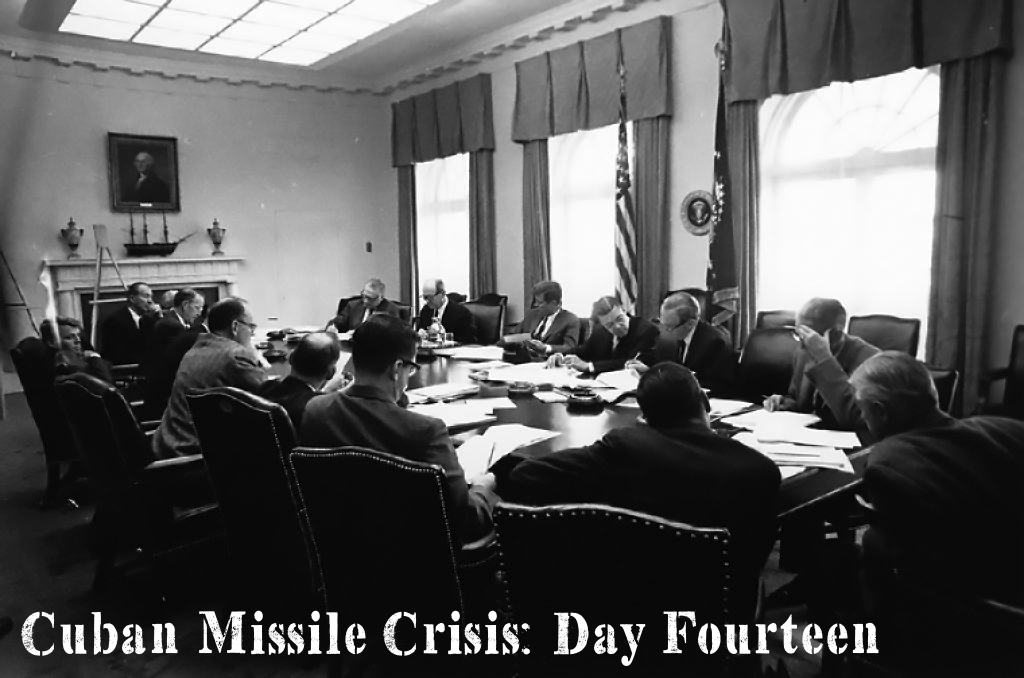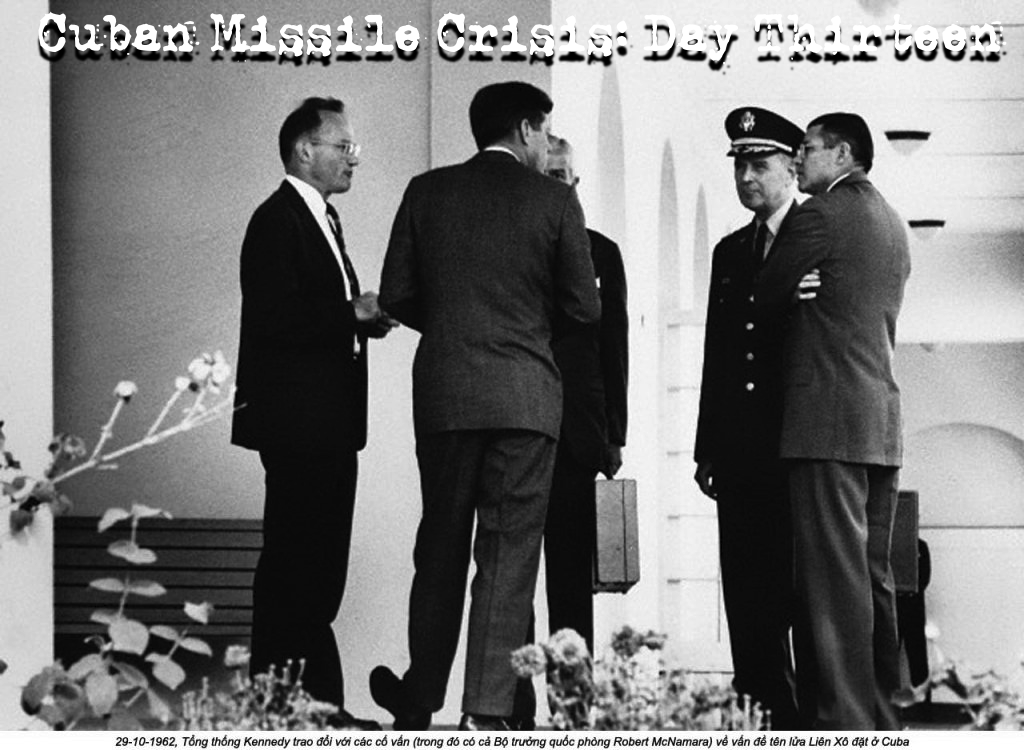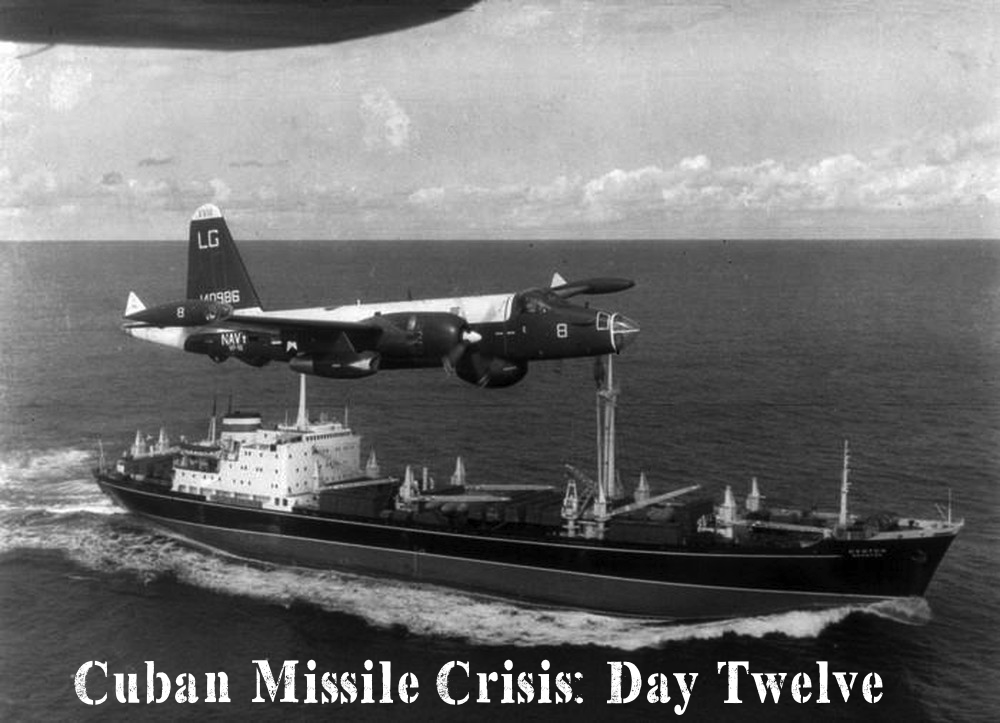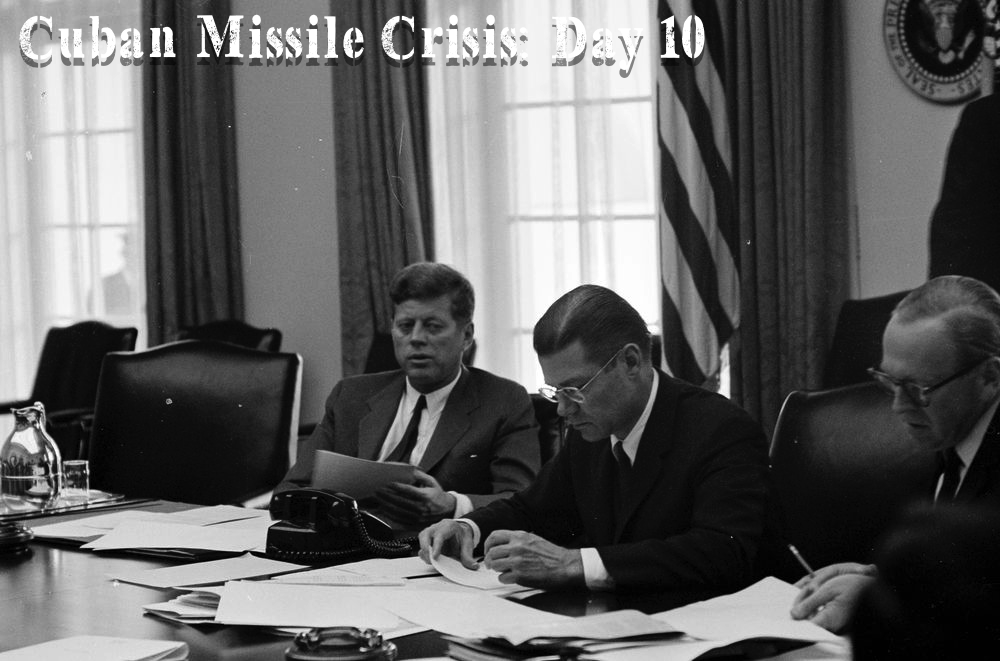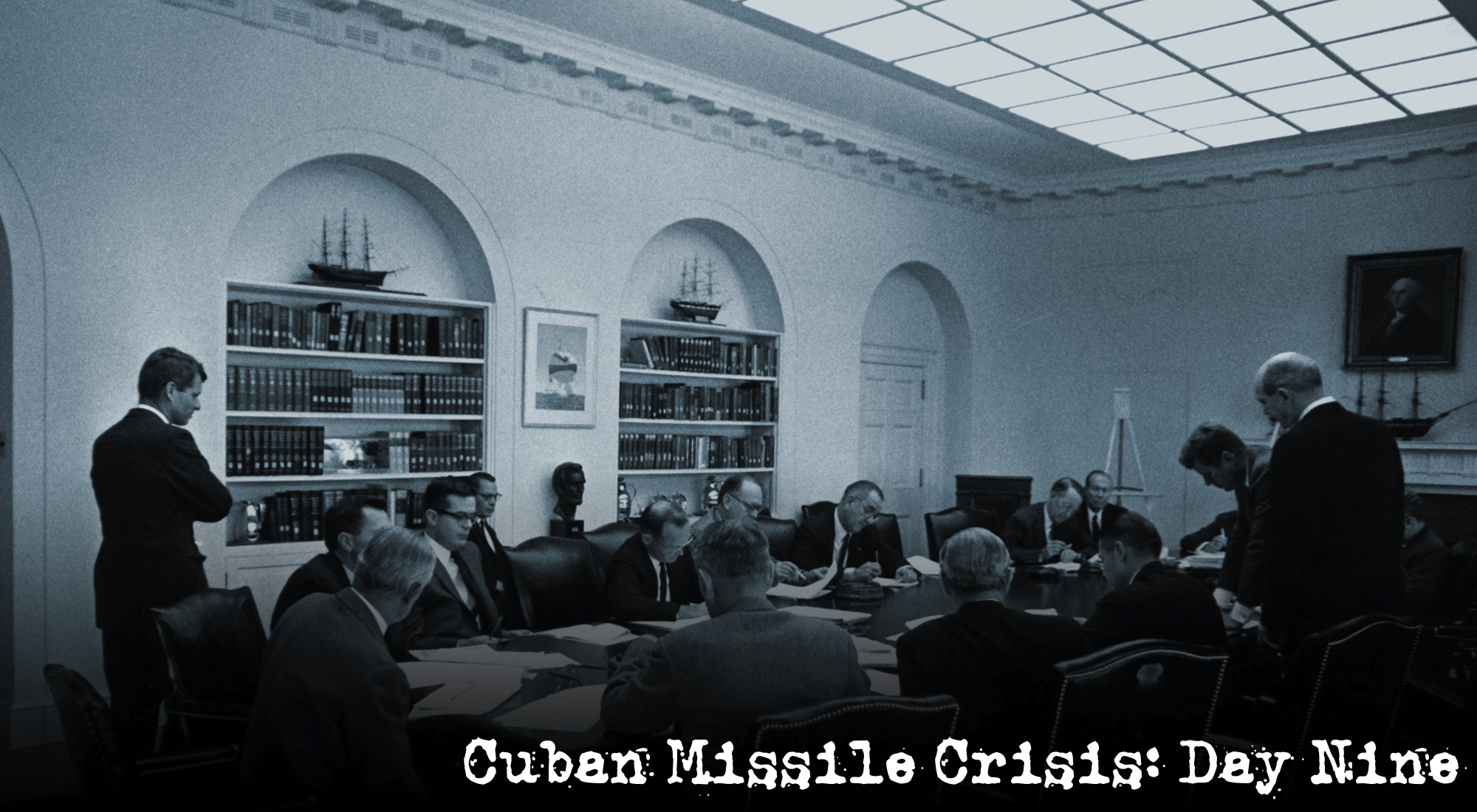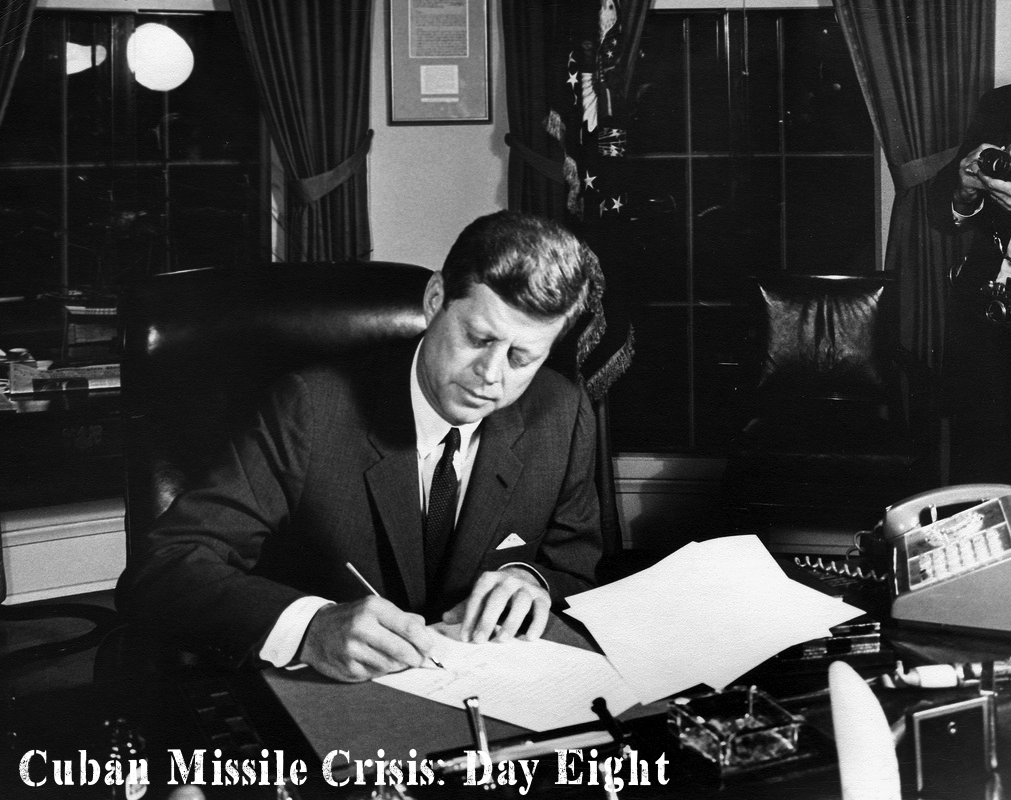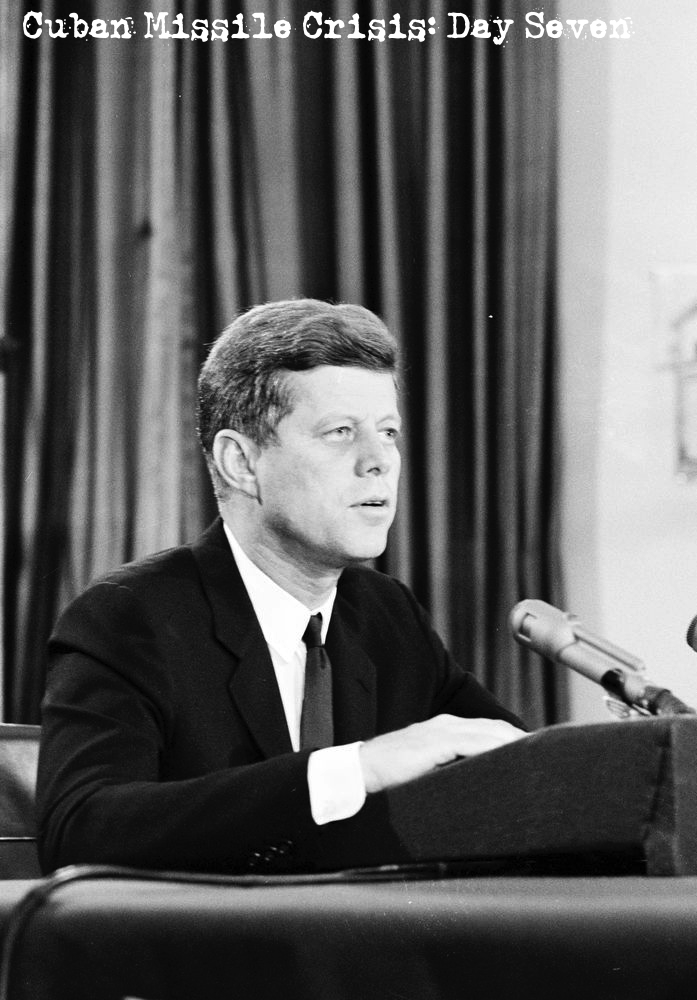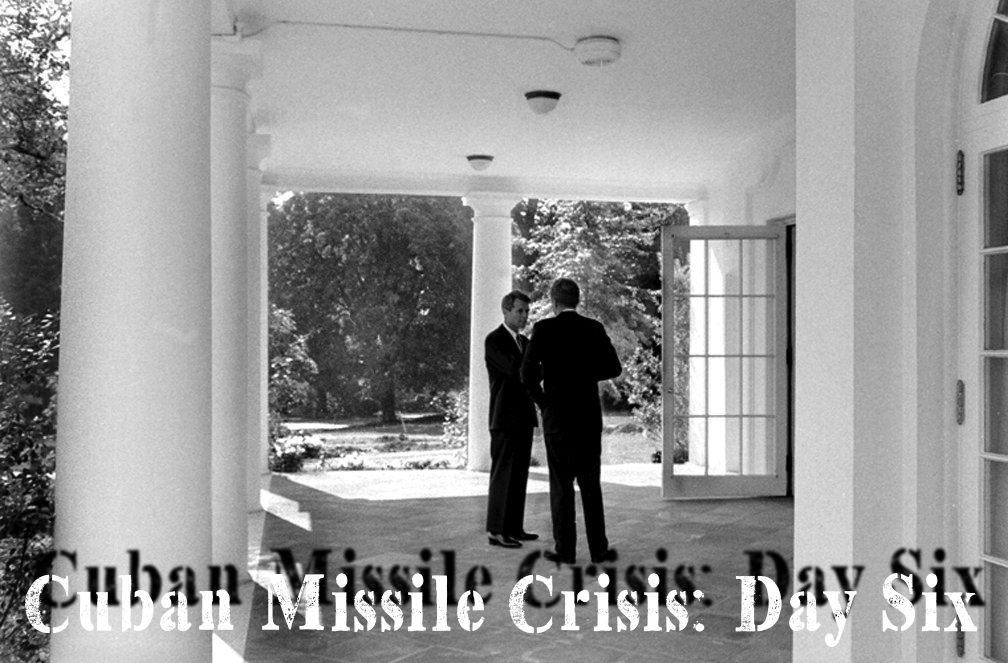Inhalation 90 Miles Offshore
Teachers who had a drive and motivation to make sure America never fell to powers who threatened our way of life and existence.
Teachers who had a drive and motivation to make sure America never fell to powers who threatened our way of life and existence.
Cuban Missile Crisis: Day Fourteen But you didn’t see this post coming, did you? Because everyone knows that the crisis only lasted for thirteen days. After… Read More »Cuban Missile Crisis: Day Fourteen
The Cuban Missile Crisis: Day Thirteen Sunday, October 28, 1962: The thirteen days of the Cuban Missile Crisis came to an end. In… Read More »Cuban Missile Crisis: Day Thirteen
Cuban Missile Crisis: Day Twelve “Thus began the most difficult twenty-four hours of the missile crisis” (71). Saturday, October 27, 1962: A… Read More »Cuban Missile Crisis: Day Twelve
Cuban Missile Crisis: Day Eleven Friday, October 26, 1962: A Soviet-chartered freighter was stopped at the quarantine line and searched for contraband military supplies. None… Read More »Cuban Missile Crisis: Day Eleven
Cuban Missile Crisis: Day Ten Thursday, October 25, 1962: Knowing that some missiles in Cuba were now operational, the president personally drafts a… Read More »Cuban Missile Crisis: Day Ten
Cuban Missile Crisis: Day Nine Wednesday, October 24, 1962: The ExComm met as the quarantine went into effect. By a little after 10, they… Read More »Cuban Missile Crisis: Day Nine
Cuban Missile Crisis: Day Eight Tuesday, October 23, 1962: The ships of the naval quarantine fleet moved into place around Cuba. Soviet submarines threatened the… Read More »Cuban Missile Crisis: Day Eight
Cuban Missile Crisis: Day Seven Monday, October 22, 1962: That morning, President Kennedy spoke to all three living former presidents (Hoover, Truman & Eisenhower),… Read More »Cuban Missile Crisis: Day Seven
Cuban Missile Crisis: Day Six Sunday, October 21, 1962: After attending Mass at St. Stephen’s Church with Mrs. Kennedy, the President meets with General Walter… Read More »Cuban Missile Crisis: Day Six
